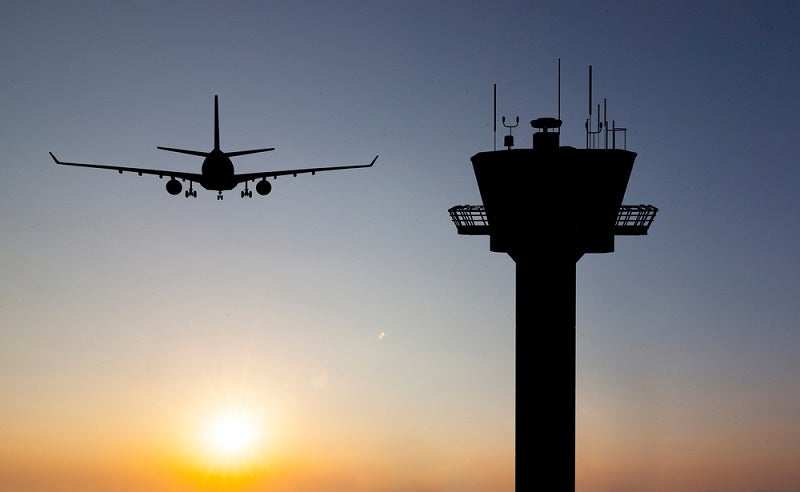
Last summer, the European Organisation for the Safety of Air Navigation (EUROCONTROL) predicted troubling times ahead for aviation. Its 2018 study, Challenges of Growth, highlighted increasing concern around crowded skies and the impact that a potential capacity crunch will have on the industry over the next two decades.
The agency, which co-ordinates air traffic control across Europe, predicted a growth of 1.9% a year between now and 2040, equalling approximately 16.2m flights a year and resulting in a lack of capacity for around 160m passengers.
The report was met with concern by senior figures in the aviation industry, with many suggesting that the capacity crunch will create further congestion and disruption for airlines and their passengers. What’s more, there have been no major new airport builds on the continent in the last 15 years, nor any significant new runways, to help combat the problem.
But while infrastructure is at a standstill, we continue to take to the skies in increasing numbers. “The issue this creates is twofold,” explains Andy Shand, head of queue and capacity management solutions at air navigation service provider NATS.
“If we allow the schedule to grow, delays will continue to build, leaving aircraft in airborne holding or on the ground because the capacity is not there within scheduled hours. This causes a range of issues for passengers as well as the environment.”
But where can operators make fresh gains in capacity, without huge capital expenditure? According to NATS, the solution lies in the Intelligent Approach system.
Developed in joint collaboration with technology firm Leidos, Intelligent Approach safely and dynamically separates airport arrivals by time instead of distance, calculating the optimum gap between arriving aircraft for the wind conditions.
By displaying the dynamic separation and spacing indicators to air traffic controllers, the airport’s tactical capacity can be instantly improved in all weather conditions, and is especially effective during strong headwinds.
The Intelligent Approach
In 2015, Heathrow Airport became the first to use time-based separation (TBS) to address the impact of headwinds on runway capacity.
Previously, in utilising fixed distance based separation during final approach, airports would often experience a reduced landing rate as the headwind component increased and the ground speed dropped. Inevitably, this leads to an increase in delays and flight cancellations.
But the TBS system dynamically adjusts the separation between arrivals to maintain spacing equivalent to the distance separation, with a headwind of five to seven knots.
The reduced approach separation recovers most of the lost capacity from headwinds and does not materially affect runway separation between arrivals.
TBS has been in continuous use at Heathrow in all wind conditions for almost five years, with Toronto Airport scheduled to go live with the first phase of Intelligent Approach in summer, and Amsterdam’s Schiphol due to be operational in early 2021.
According to Shand: “At Heathrow, we’ve seen huge benefits in terms of capacity thanks to Intelligent Approach. With the enhanced TBS abilities of the system, the airport can deliver around two additional landings an hour in all wind conditions and, on average, 4.2 additional landings in strong winds.
“We have also seen an end-to-end improvement in punctuality at the airport and around a 60% reduction in delays due to head wind. By consistently delivering the same landing rate onto the runway irrespective of conditions and, to an extent, the mix of traffic that’s coming in, the delivery of traffic through the terminal airspace can be smoothed.”
Additionally, the airport no longer experiences the same level of peaks in airborne holding that it used to. In fact, Heathrow has seen a reduction in airborne holdings of 230,000 minutes, equating to approximately 47,000kT of saved CO2. Meanwhile, tactical cancellations due to headwinds have been almost eradicated.
“The whole point of the tool is to provide the controllers with support so they can see where it’s safe to separate the aircraft,” explains Shand. “It’s about delivering the optimised separation and delivery to the runway and giving controllers sufficient tool support. The result is a more consistent day-in-day-out operation.”
Immediate operational benefits
Offering aviation clients what they call a ‘turnkey’ package, Leidos and NATS work together to implement the innovative solution. While NATS is well versed in the safety case, changes to procedures and controller training, Leidos looks after the technical integration of the tool into the customer’s platform.
The solution, which has been designed to be modular and easily installed on existing IT and traffic control systems without costly infrastructure investments, can work on all types of configurations, including mixed mode, independent, parallel, and converging runways.
“It has enormously improved our relationship with our biggest airport and airline customers because it’s one of the first times they’ve seen investment in air traffic management technology deliver an immediate benefit to their operation,” says Shand.
“There’s a real acknowledgement from airports and airlines that the system provides better consistency, connectivity, and reduced delays, creating an overall more positive customer experience.”


